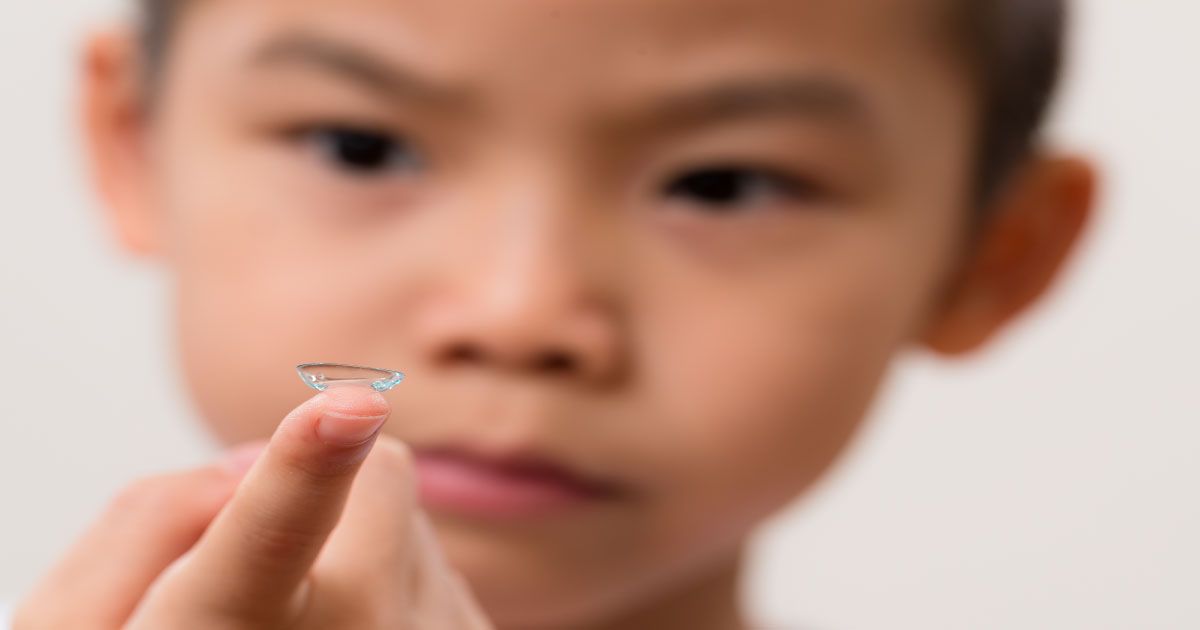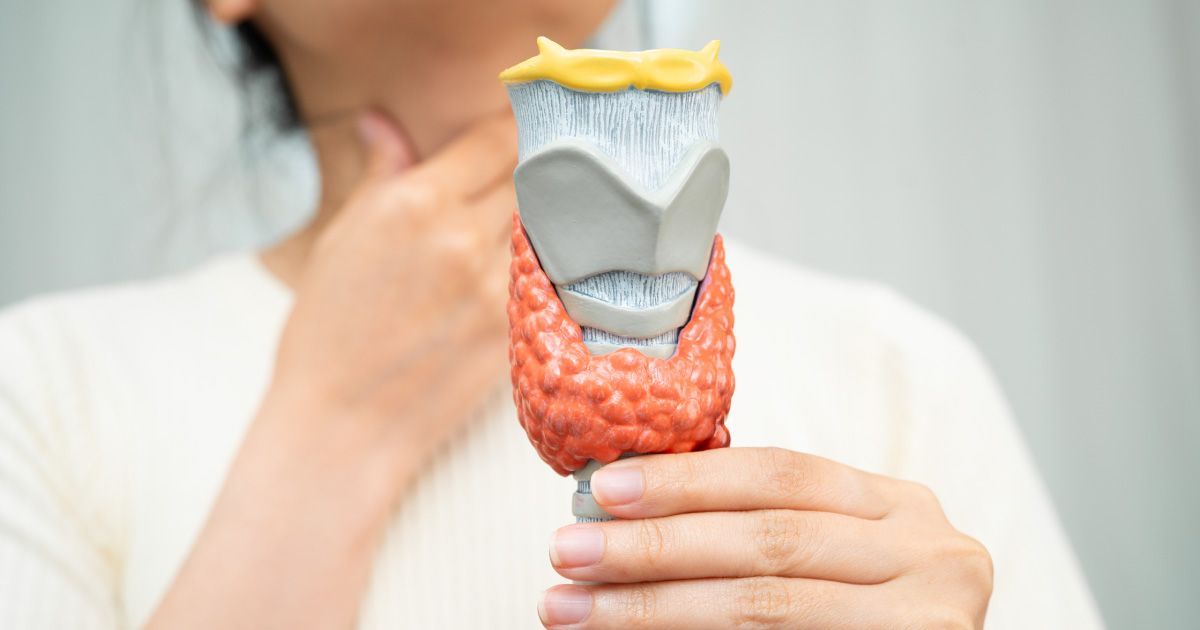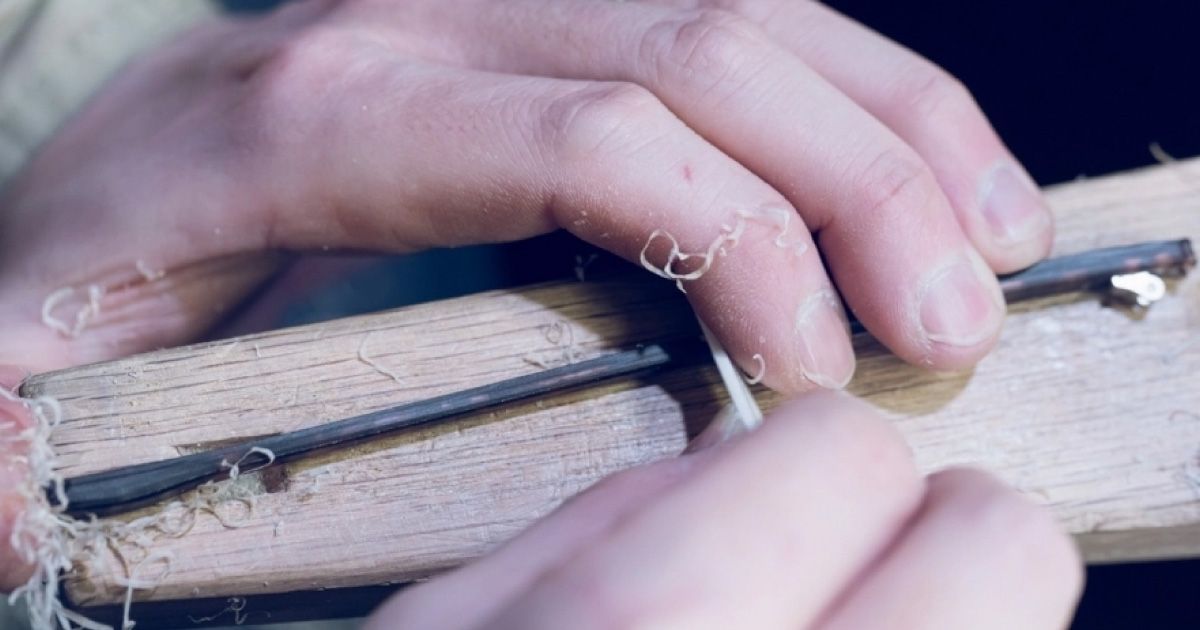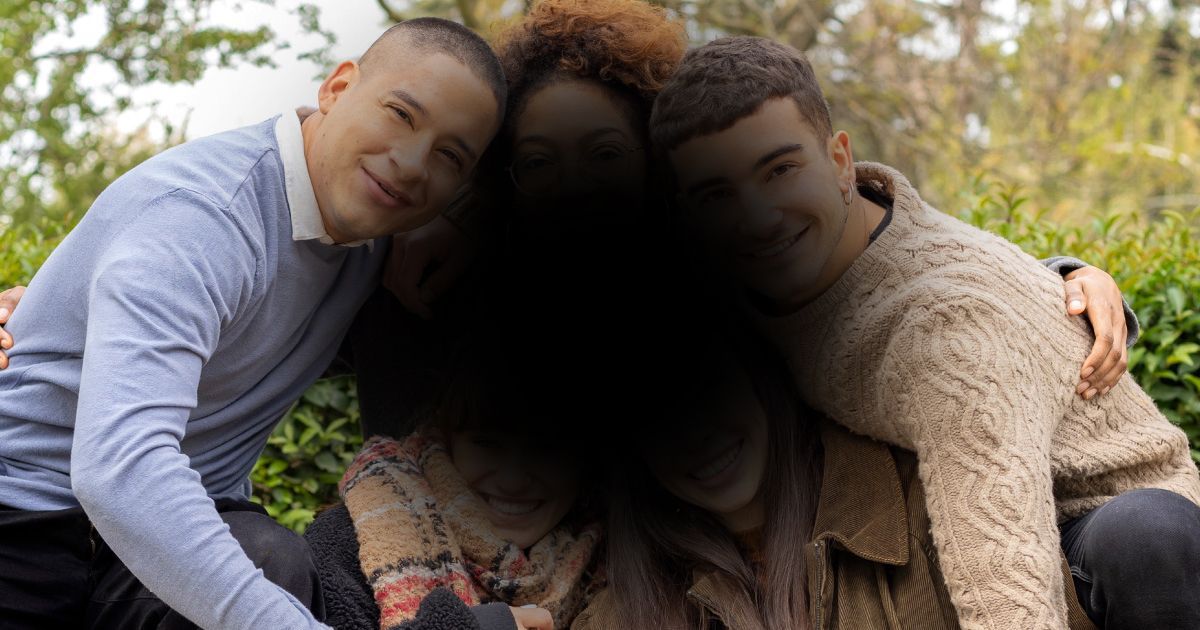Multifocal Contact Lenses: A Game-Changer in Slowing Myopia Progression in Children

Read time: 5 minutes
Myopia, or nearsightedness, is a widespread vision condition where distant objects appear blurry while nearby objects remain clear. Although traditionally managed with glasses or contact lenses, the rising prevalence of childhood myopia has led to a search for solutions that do more than just correct vision. Multifocal contact lenses are emerging as an effective tool to slow the progression of myopia, offering children not only better vision but also improved long-term eye health.
Let's explore how multifocal lenses work, the science behind their success, and their potential to reshape pediatric eye care.
Understanding Myopia and Its Impact
Myopia occurs when the eye grows too long or the cornea is overly curved, causing light to focus in front of the retina rather than directly on it. This results in blurred distance vision.
Globally, myopia rates are rising at an alarming pace, particularly in children. The condition often develops in early childhood and tends to worsen through adolescence. Left unchecked, myopia can increase the risk of severe eye problems later in life, including:
- Retinal detachment
- Glaucoma
- Cataracts
- Macular degeneration
This has created an urgent need for strategies that not only correct vision but also slow the progression of myopia in children.
Multifocal Contact Lenses: What Are They?
Multifocal contact lenses are specialized lenses with multiple zones of focus. Initially developed to correct presbyopia (age-related difficulty focusing on nearby objects), they have been adapted to help manage myopia progression in children.
How Do Multifocal Contact Lenses Work for Myopia Control?
The key lies in their design:
- Central Zone for Distance Vision: Corrects the child's myopia, providing clear vision for faraway objects.
- Peripheral Zones for Myopia Management: Create a defocused image on the retina's periphery. This controlled defocus is thought to signal the eye to slow down its growth, thereby reducing myopia progression.
These lenses are designed to provide both clear vision and peripheral defocus, which helps slow the eye’s elongation—a key factor in myopia progression.
The Science Behind Multifocal Contact Lenses
Research indicates that eye growth is influenced by how light is focused on the retina. Traditional single-vision lenses correct central vision but allow peripheral light to focus behind the retina, potentially encouraging further eye elongation. Multifocal lenses counteract this by focusing peripheral light in front of or directly on the retina, reducing the stimulus for excessive growth.
Numerous studies have demonstrated the success of multifocal lenses in slowing myopia progression:
- The BLINK study (Bifocal Lenses in Nearsighted Kids) revealed a 43% slower rate of myopia progression in children wearing multifocal lenses compared to those using single-vision lenses.
- Additional research highlights significant reductions in both axial length (eye elongation) and refractive error, key indicators of myopia severity.
These findings underscore multifocal lenses as a reliable and effective option for managing childhood myopia.
Benefits of Multifocal Contact Lenses
Multifocal contact lenses offer a range of advantages that make them an excellent choice for managing myopia in children. By addressing peripheral defocus, they help reduce the rate at which myopia worsens, lowering the risk of severe eye conditions in adulthood.
Unlike overnight orthokeratology lenses, which reshape the cornea temporarily, multifocal lenses provide consistent vision correction throughout the day, ensuring clear and stable vision for school, sports, and other activities. These lenses also improve quality of life by offering children the freedom to participate in physical activities without the limitations of glasses, which many children prefer for aesthetic reasons. Furthermore, by slowing myopia progression, multifocal lenses enhance long-term eye health, protecting children from high myopia-related complications such as retinal detachment or glaucoma.
Safety of Multifocal Contact Lenses for Children
Multifocal lenses are safe for children when prescribed and monitored by an eye care professional. Studies have shown that children as young as 8 years old can successfully adapt to wearing and caring for contact lenses.
To ensure safety, proper hygiene and adherence to wearing schedules are essential. Eye care professionals provide guidance to both parents and children to minimize risks such as infections or irritation.
Getting Started with Multifocal Lenses
Managing myopia begins with a comprehensive eye exam to evaluate your child’s degree of myopia and overall eye health. This critical first step ensures an accurate diagnosis and establishes a baseline for treatment. To understand the unique differences between pediatric and adult eye exams, explore our detailed blog post: Pediatric vs. Adult Eye Exams.
Following the exam, a consultation with a specialist - such as an optometrist or ophthalmologist experienced in myopia management - is essential. The specialist will assess whether multifocal contact lenses are suitable for your child and provide personalized fitting and training to ensure comfort and effectiveness.
Finally, regular follow-ups are crucial for monitoring progress. These check-ups allow the specialist to track changes in your child’s vision and make any necessary adjustments to the prescription, ensuring optimal results over time.
A Look to the Future
Multifocal contact lenses are just one of several emerging tools for myopia management. Other options include orthokeratology, atropine eye drops, and specially designed glasses. As research advances, more effective and accessible solutions are expected to further transform the field of pediatric eye care.
The Takeaway
The increasing prevalence of childhood myopia has sparked innovative solutions aimed at controlling its progression. Multifocal contact lenses offer a dual benefit: they correct vision and slow the progression of myopia, helping to safeguard children’s long-term eye health.
If your child has been diagnosed with myopia, consider consulting an eye care professional about multifocal lenses. Early intervention and proper care can protect your child’s vision, setting the stage for a lifetime of clearer sight and reduced risks of future complications. With the right approach, myopia doesn’t have to limit your child’s potential.
Share this blog post on social or with a friend:
The information provided in this article is intended for general knowledge and educational purposes only and should not be construed as medical advice. It is strongly recommended to consult with an eye care professional for personalized recommendations and guidance regarding your individual needs and eye health concerns.
All of Urban Optiks Optometry's blog posts and articles contain information carefully curated from openly sourced materials available in the public domain. We strive to ensure the accuracy and relevance of the information provided. For a comprehensive understanding of our practices and to read our full disclosure statement, please click here.


















